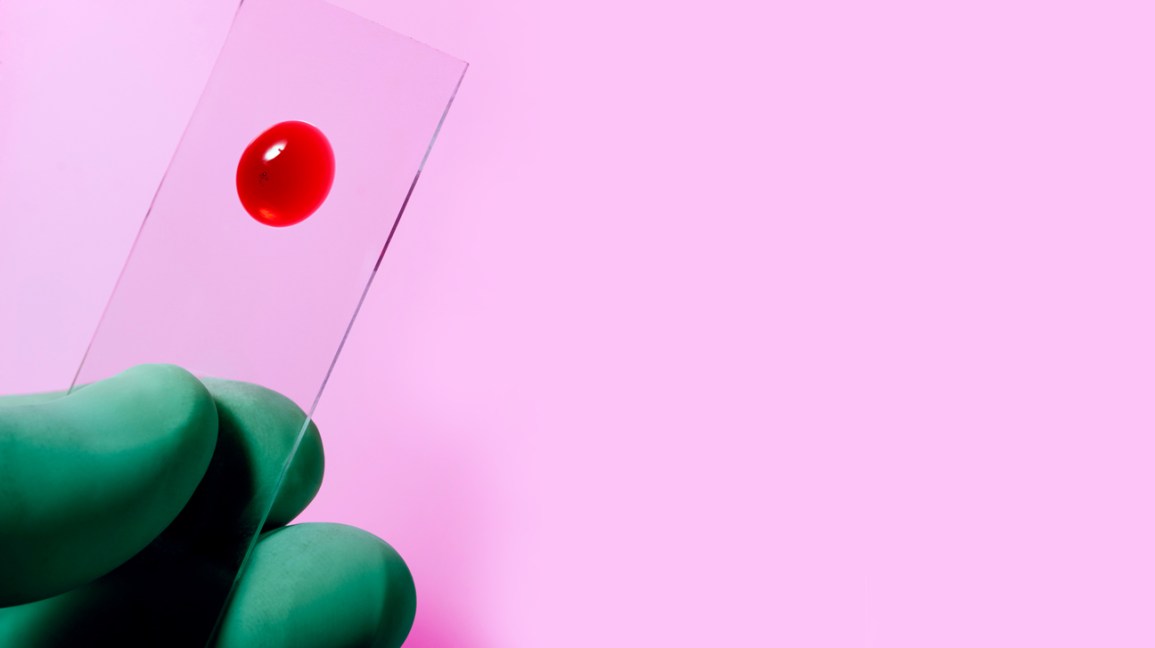Plasma is the liquid portion of the blood which is almost 55% by volume and the rest 45% is RBC, WBC, and platelets. Plasma contains about 90% water and 10% proteins, ions, nutrients, dissolved gases, and wastes. The main functions of Plasma are that it helps with blood clotting, immunity, blood volume, maintaining blood pressure, and pH balance in the body. Before elaborating on the Platelet Rich Plasma Procedure, let us know the composition and function of platelets in our blood.
Platelets, also called thrombocytes, are small, colorless cell fragments in our bone marrow that help form clots to stop or prevent bleeding and heal wounds. If we don’t have enough platelets in our blood, our bodies can’t form clots. A low platelet count may induce severe bleeding that can be fatal if not treated. In a healthy person, the platelet count should lie between 150,000-450,000 platelets/microliter of blood.
Due to its wound healing properties, the Platelet Rich Plasma (PRP) has much utility in various areas of dermatology from chronic ulcer management to trichology and aesthetics. For the treatment of various worsening diseases of soft tissues and bones, we use one of the fastest-growing regenerative techniques known as the platelet-rich plasma procedure. For making 3–5 ml of PRP, 30 ml of venous blood is required. The amount may vary depending on the baseline platelet count and the method used for PRP preparation.
Principles of Platelet Rich Plasma procedure:
PRP is obtained by centrifugation of autologous blood. There are two common methods used for the production of PRP:
- PRP method and
- Buffy coat method
PRP method:
PRP is prepared by a process known as differential centrifugation that involves two steps –
Step 1 – During the first centrifugation, the red blood cells are removed. This process is carried out at constant acceleration to separate erythrocytes from the remaining volume of white blood cells. This divides the white Blood into three layers – an upper layer that contains mostly platelets and WBC, an intermediate thin layer known as the buffy coat, which is rich in white blood cells, and a lower layer consisting mostly of RBCs. Then the two top layers are transferred to an empty sterile tube which gives a pure PRP product.
Step 2 – During the second centrifugation, PPP (platelet-poor plasma) are separated from PRP (Platelet Rich Plasma) and then the platelets are concentrated and then dispersed in the smallest volume in the final plasma to create the PRP.
Buffy coat method:
In this method, the whole blood is centrifuged at “high velocity” with a subsequent collection of only the middle layer that contains mainly WBCs and platelets. After removing the top layer that contains PPP, the “Buffy coat” layer is transferred to another sterilized tube. F10 mL of WBC produces a very thin layer of a buffy coat. However, in this method, the process of separating this thin buffy coat layer containing mainly WBCs and platelets, from the underlying RBC layer is a bit difficult.
The Platelet Rich Plasma procedure, discussed above is widely used in the treatment of various clinical cases.

